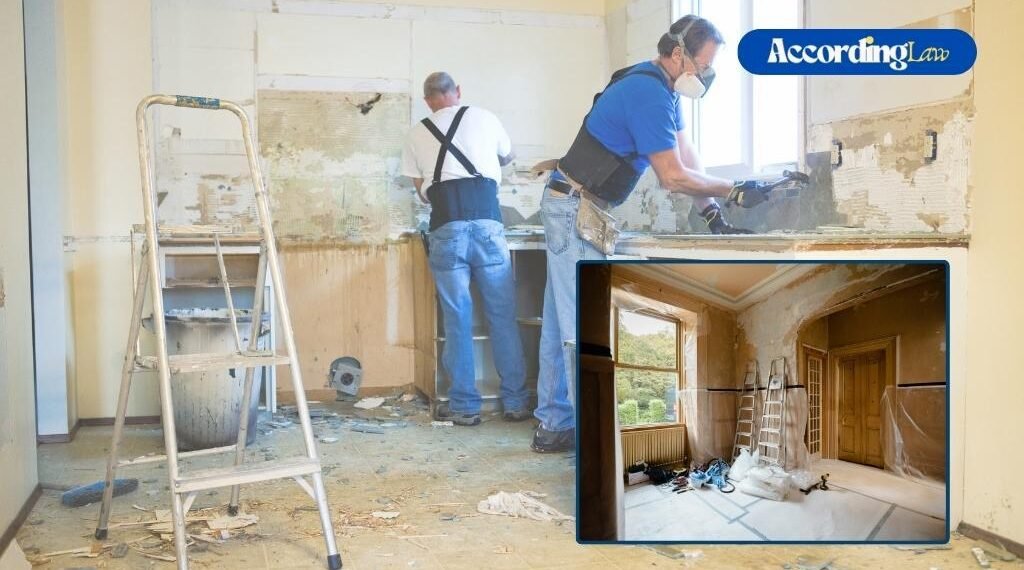Renovating a newly purchased property is an exciting milestone, but it’s also a process shaped by building codes, zoning rules, and environmental standards. Many homeowners focus on cosmetic choices, like paint colors or kitchen layouts, yet a sustainability-first approach means looking at the property as an energy, water, and legal compliance system.
This guide explains how to renovate your property the eco-friendly way while also covering the legal requirements that protect you from costly disputes, fines, or compliance failures.
Table of Contents
Legal Foundations Before Starting Renovation
Building Codes and Energy Standards
Every jurisdiction has minimum standards for insulation, windows, and HVAC efficiency. For example, many states have adopted versions of the International Energy Conservation Code (IECC). Non-compliance can delay approvals or even lead to penalties. Before starting, check:
Permits and Regulatory Approvals
Common eco-renovation upgrades requiring permits:
Skipping permits can not only cause legal disputes with municipalities but may also void insurance coverage.
Zoning and Land Use Restrictions
Eco-friendly projects sometimes collide with zoning rules:
Consulting city planning offices or legal counsel before installation avoids later conflicts.
Contracts With Professionals
Hiring an architect, contractor, or sustainability consultant requires legally sound contracts. Include:
This protects you legally if the contractor cuts corners or fails to meet required standards.
Identifying Eco-Friendly Upgrade Opportunities
During your first property walk-through, look beyond aesthetics and map energy and legal weak spots:
Document findings in writing—these reports may be required for tax incentives or resale disclosure.
Budgeting With Legal and Financial Awareness
Upfront vs. Lifetime Value
Eco-upgrades like triple-glazed windows or heat pumps may cost more initially but save thousands in operating costs. Legally, many states now require energy disclosures at resale, having documented upgrades boosts property value and avoids misrepresentation claims.
Tax Credits and Incentives
Federal, state, and municipal programs offer rebates for solar, insulation, or water-saving systems. Examples:
Note:
These benefits usually require certified installation and proof of code compliance. Missing documentation may disqualify you.
Hiring Certified Professionals
Choose professionals with verifiable sustainability and legal credentials:
Hiring uncertified or unlicensed contractors leaves you legally liable for violations.
Contractual Safeguards
A good renovation contract should:
Avoiding Greenwashing and Legal Risks
Not every “eco” product meets legal or performance standards. To avoid disputes or fraud:
Inaccurate claims could create liability if future buyers challenge your disclosures.
Strategic Sequencing of Eco-Renovations
From both cost and legal standpoints, order matters:
This sequence avoids overspending and ensures code compliance at each stage.
Core Eco-Renovation Moves and Legal Implications
1. Insulation and Building Envelope
2. Windows and Doors
3. Renewable Energy Systems
4. Water Conservation Systems
5. Interior Materials and Finishes
Even something as simple as choosing eco-certified furniture, like sustainably sourced restaurant chairs, can align your renovation with both style and green compliance.
Outdoor and Landscaping: Legal Boundaries
Conclusion:
Eco-friendly renovation is not just about reducing your carbon footprint, it’s about doing so within the law. From permits and building codes to contractor agreements and certified materials, every stage of the process carries legal significance.
By planning carefully, documenting compliance, and aligning renovations with sustainability goals, homeowners can create properties that are efficient, healthy, and legally protected.
In today’s market, buyers increasingly value homes with proven eco-upgrades, and the law rewards those who build responsibly with incentives, higher resale value, and long-term security.


